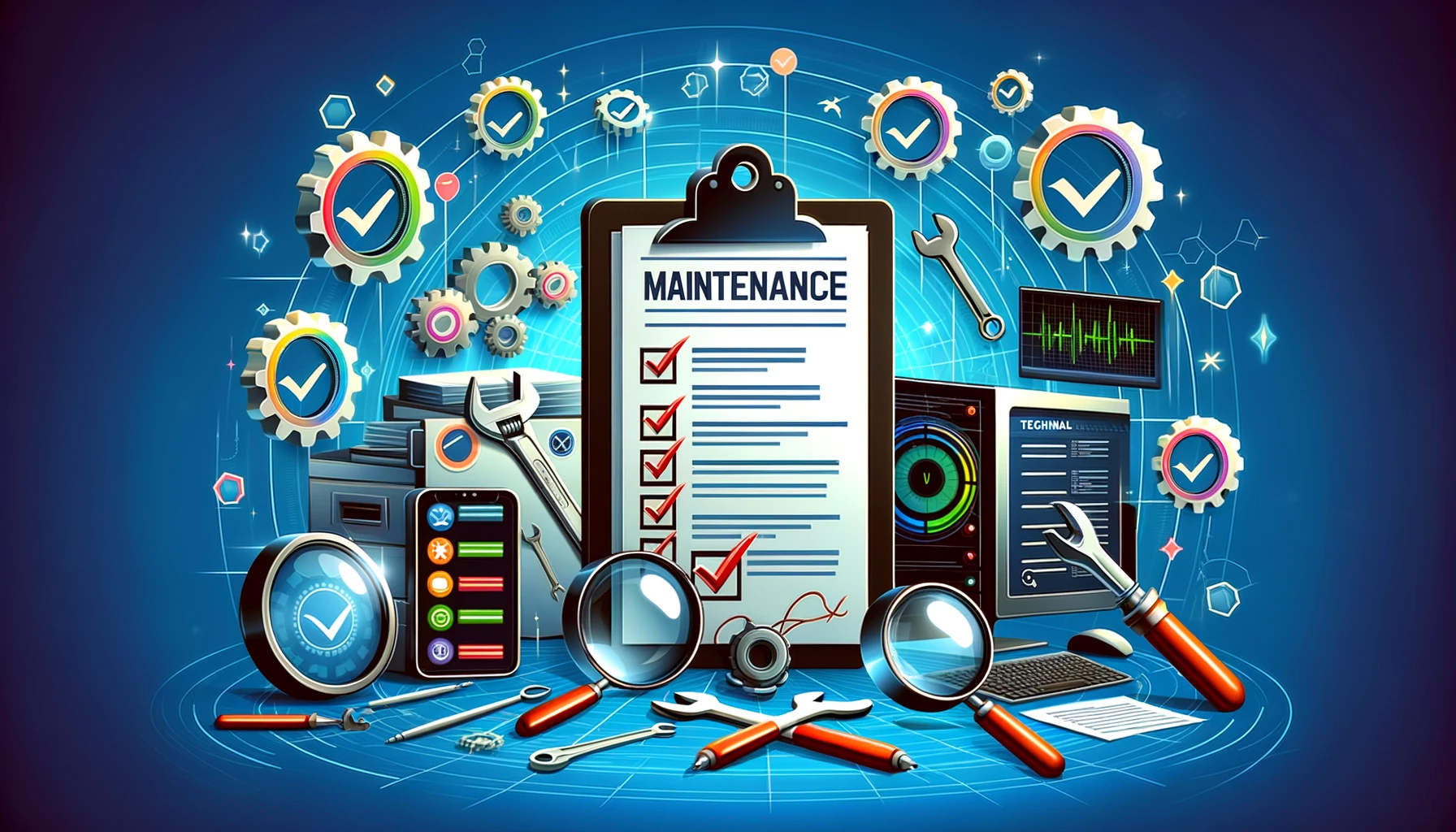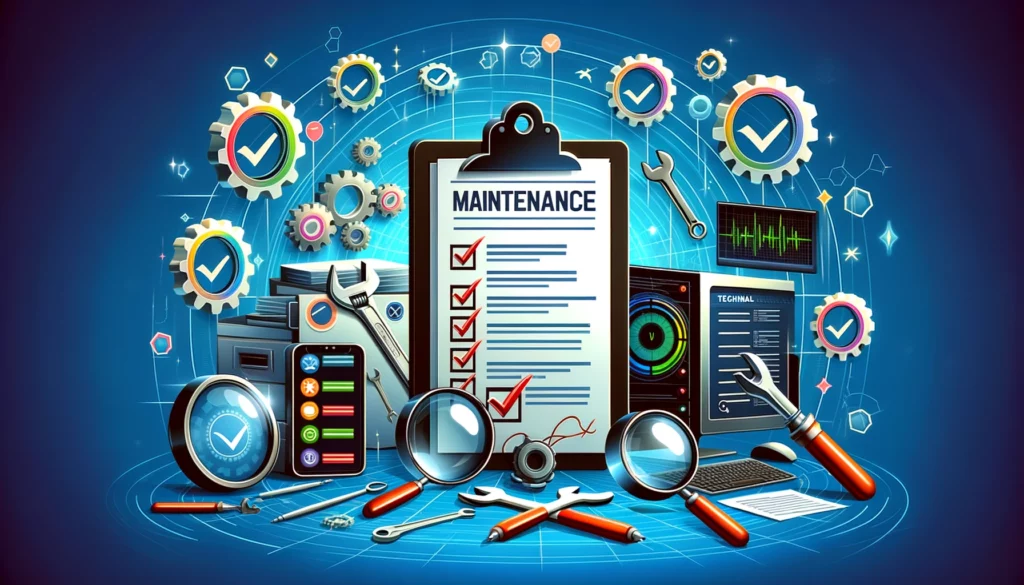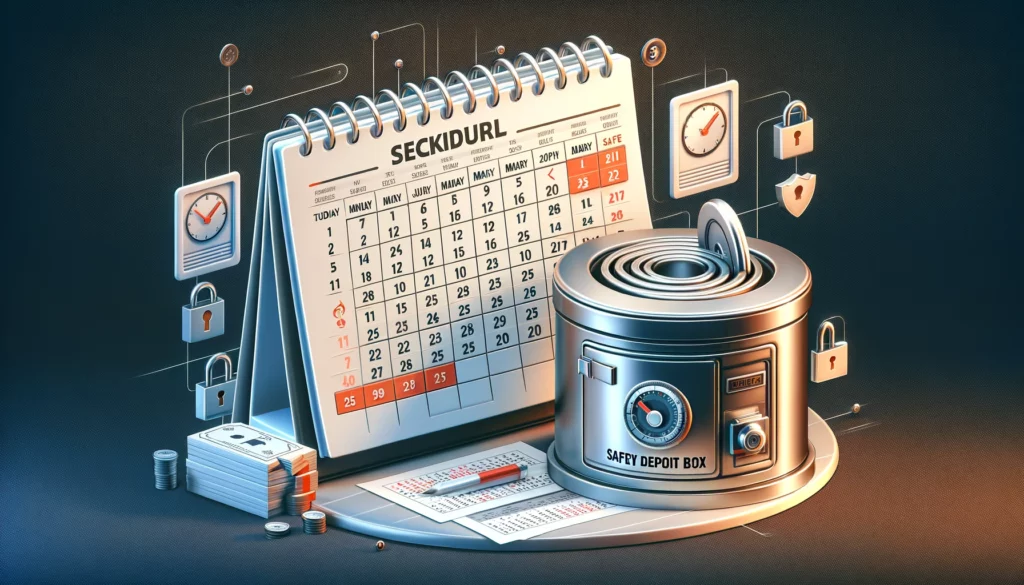Web Development for Non-Techie Business Owners: What You Need to Know
Introduction
In today’s digital age, having a robust online presence is crucial for any business looking to thrive. For non-techie business owners, navigating the complex world of web development can seem daunting. However, understanding the basics and knowing what to look for when partnering with a web development agency can make all the difference. This guide aims to demystify web development, offering practical advice and essential tips tailored for business owners in the UK who may not have a technical background but are eager to leverage the internet to grow their business.
Understanding Web Development Basics
The Importance of a Professional Website
A professional website serves as the digital storefront for your business, often forming the first impression potential clients have of your brand. It’s not just about aesthetics; a well-designed website facilitates better customer interaction, enhances your brand’s professional image, and increases credibility.
Key Web Development Terms Explained
To effectively communicate with web developers and understand what you’re investing in, familiarizing yourself with basic web development terminology is essential. Terms like “frontend,” “backend,” “CMS,” and “responsive design” are just the tip of the iceberg but are fundamental to grasping the essentials of web development.
Choosing the Right Web Development Agency
Factors to Consider
Selecting the right web development agency is a pivotal decision that can significantly impact the success of your online presence. Consider factors such as the agency’s portfolio, client testimonials, their experience with businesses similar to yours, and their approach to project management.
Questions to Ask Prospective Agencies
Before committing to a web development agency, ask critical questions regarding their project timelines, support and maintenance post-launch, their familiarity with SEO, and how they plan to tailor the development process to meet your business needs.
The Web Development Process Simplified
Planning and Strategy
The first step in the web development process involves laying a solid foundation through comprehensive planning and strategy. This stage defines the website’s goals, target audience, and overall structure.
Design and Development Phases
Following the planning stage, the design phase focuses on the visual aspects, while the development phase brings those designs to life. This step-by-step approach ensures that the final product aligns with your business objectives and appeals to your target audience.
Essential Features for Your Business Website
User-Friendly Design
A user-friendly design is not optional but a necessity. Your website should offer a seamless user experience, with intuitive navigation and fast loading times, ensuring that visitors can easily find what they’re looking for.
Mobile Responsiveness
With an increasing number of users accessing the internet via mobile devices, your website must be responsive. This means it should automatically adjust to fit the screen size of any device, providing an optimal viewing experience for all visitors.
Security Measures
Implementing robust security measures is paramount to protect your website and user data from cyber threats. SSL certificates, secure hosting, and regular security audits are essential components of a secure website.
Maintaining Your Website
Regular Updates and Backups
Maintaining your website involves regular updates to its content, software, and security measures. Additionally, ensuring that backups are routinely made can safeguard your site against data loss.
Monitoring Website Performance
Monitoring your website’s performance through analytics is crucial for understanding user behavior, identifying areas for improvement, and making informed decisions to enhance your site’s effectiveness.
SEO and Your Website
Basics of SEO
Search Engine Optimization (SEO) is the process of optimizing your website to rank higher in search engine results, thereby increasing your site’s visibility and driving more organic traffic.
Importance of SEO in Web Development
Incorporating SEO principles from the outset of the web development process ensures that your website is designed to be search engine friendly, improving your chances of ranking well for relevant keywords and phrases.
Web Development Costs for Non-Techie Owners
Understanding the Costs
Web development costs can vary widely depending on the complexity of the site, the features required, and the agency’s expertise. Having a clear understanding of these factors can help you budget effectively for your project.
Budgeting for Your Website
Budgeting for your website is not just about the initial development costs but also considering ongoing maintenance, hosting, and marketing expenses to ensure your site remains competitive and effective.
Future-Proofing Your Website
Staying Ahead of Web Trends
The digital landscape is continually evolving, and staying informed about the latest web trends and technologies can help you keep your website relevant and engaging.
Incorporating Scalability
Designing your website with scalability in mind allows for easy updates and expansions as your business grows, ensuring that your online presence can evolve alongside your business.
Web Development for Non-Techie Business Owners: What You Need to Know
Embarking on the journey of web development can be overwhelming for non-techie business owners. However, with the right knowledge and partnership, you can create a website that not only meets but exceeds your business goals. By understanding the basics, selecting the right agency, and focusing on essential website features, you’re well on your way to establishing a strong online presence that can attract more clients and drive your business forward.
Conclusion
For non-techie business owners, diving into the world of web development might seem like a formidable challenge. Yet, with the insights and guidance provided in this comprehensive guide, you’re equipped to make informed decisions that align with your business objectives. Remember, your website is an extension of your brand; investing in its development and maintenance is crucial for your online success. By prioritising user experience, security, and SEO from the start, you can create a dynamic online presence that captivates and converts your target audience.











